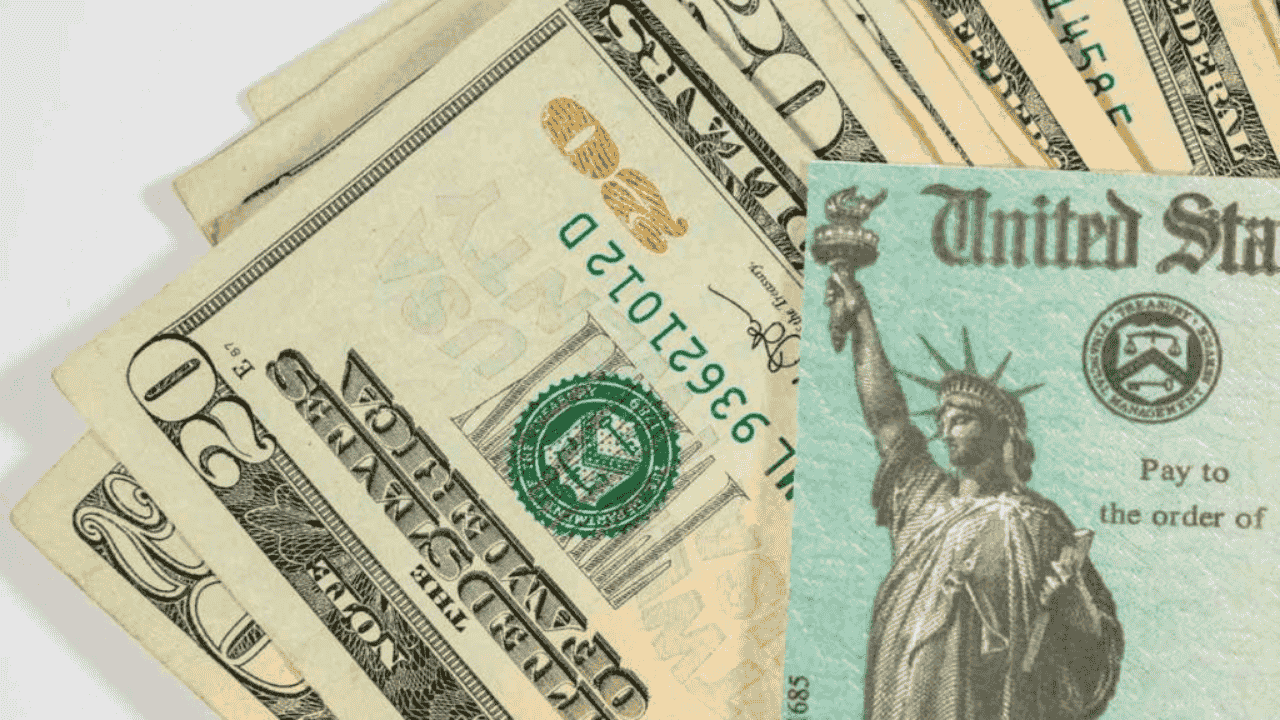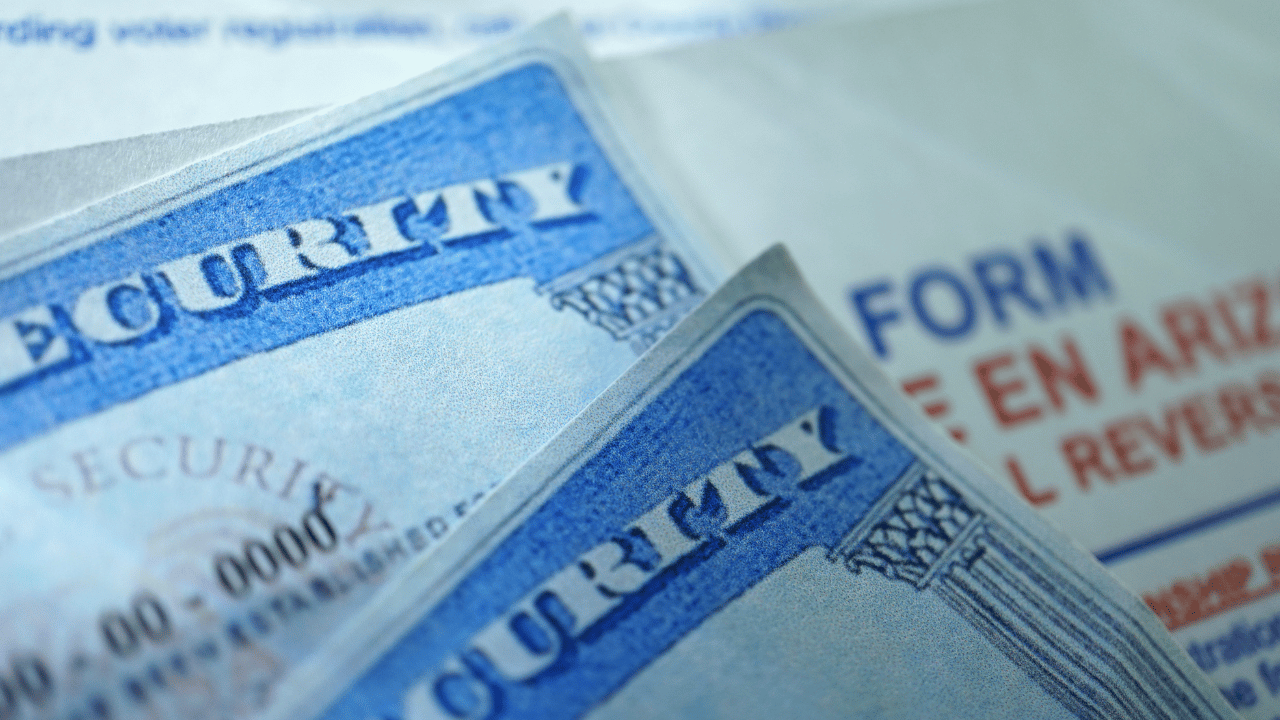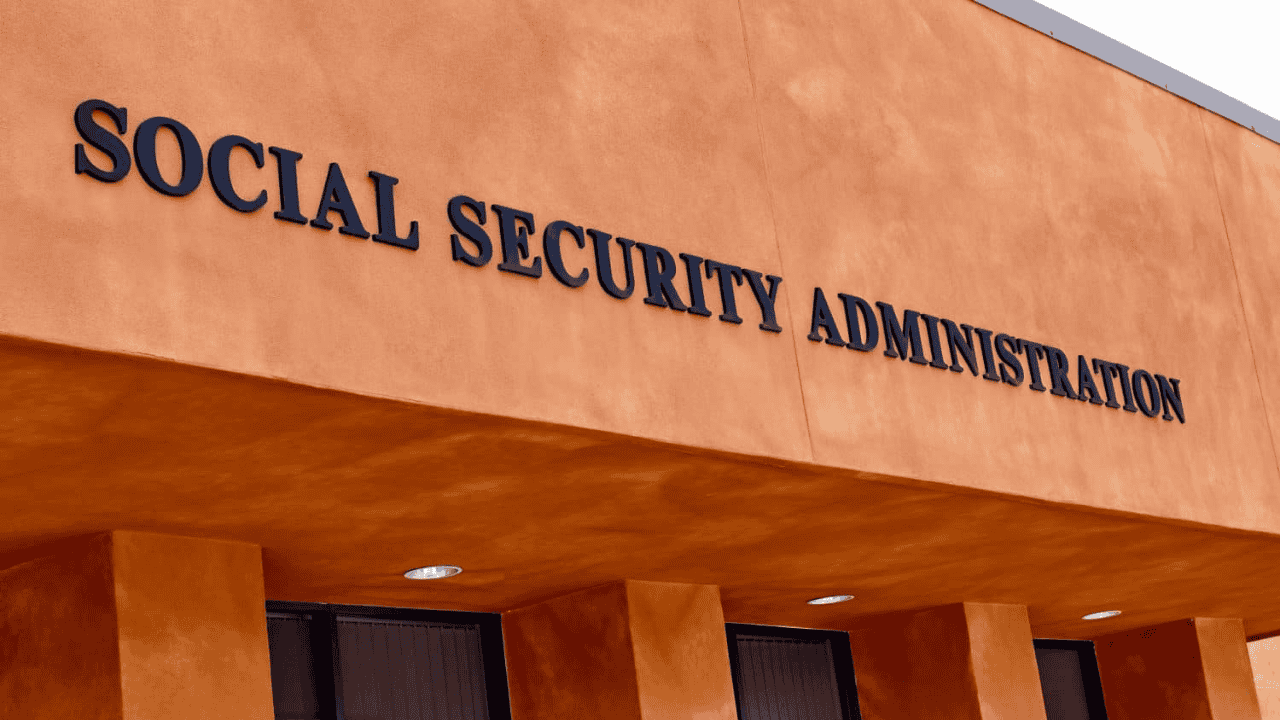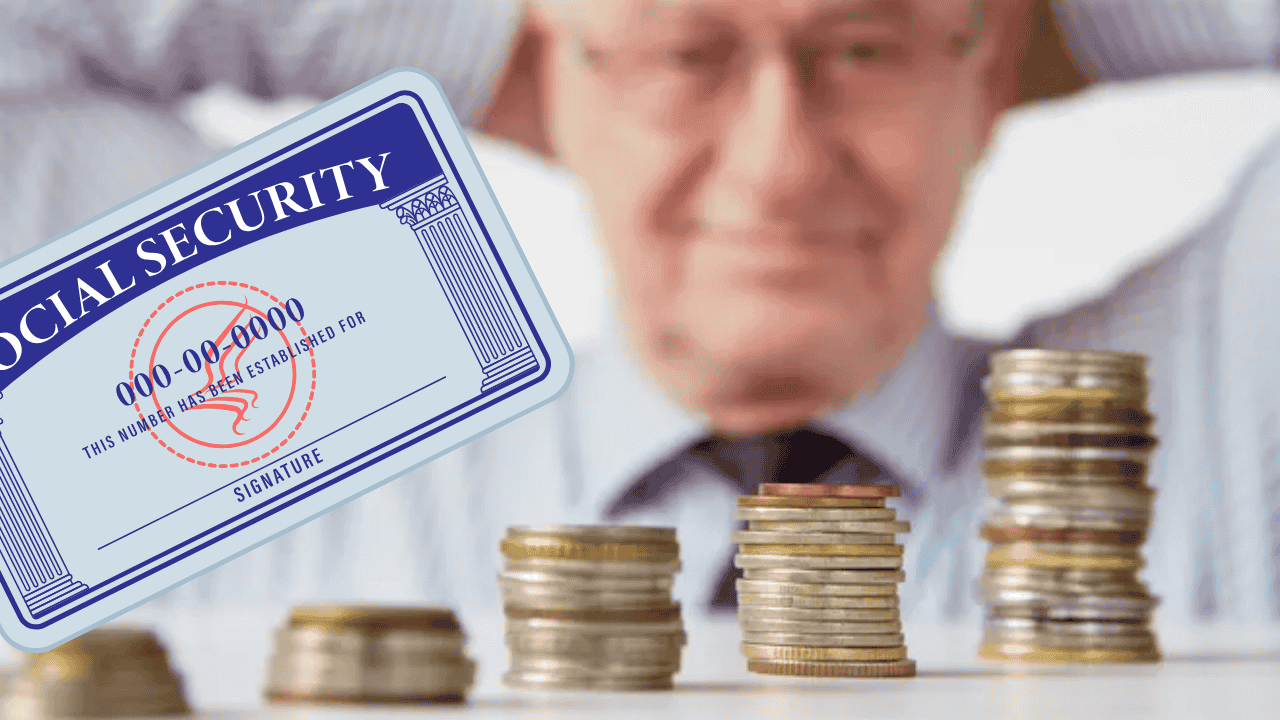Millions of Americans are eagerly awaiting the $1,390 stimulus payout expected to roll out mid-summer 2025. This financial relief is part of a new federal support plan aimed at helping low and middle-income households cover basic living costs like rent, groceries, and utilities.
The payment is completely tax-free and won’t impact your benefits—meaning programs like Medicaid, SNAP (food stamps), and housing aid remain untouched.
Let’s break down who qualifies, how to get paid, and what steps you might need to take if you haven’t filed taxes recently.
Who’s Eligible for the $1,390 Stimulus Check?

Eligibility for the check is mostly based on your income and tax filing status. If your income is within the following ranges, you’re likely to qualify:
- Single filers earning up to $75,000
- Married couples filing jointly earning up to $150,000
- Heads of household earning up to $112,500
You may also qualify if you fall into any of the following groups:
- Social Security beneficiaries
- Supplemental Security Income (SSI) recipients
- Social Security Disability Insurance (SSDI) recipients
- Veterans receiving VA benefits
- Railroad Retirement beneficiaries
- Families with dependents who meet the criteria
If you’ve previously received a stimulus check and your financial situation hasn’t changed, chances are good that you’ll qualify again.
How Will You Receive the Stimulus Payment?
There are three main ways the IRS is expected to send out the payments:
- Direct Deposit: This is the fastest and most convenient option. If your bank details are already on file with the IRS or Social Security, you’ll likely receive the money directly into your account.
- Paper Check by Mail: If your bank info isn’t available, the IRS will mail a check to your last known address. This might take a bit longer.
- EIP (Economic Impact Payment) Debit Card: Some individuals may receive a prepaid debit card instead of a check or deposit. This card can be used at stores or ATMs just like a normal debit card.
Do You Need to Apply?
Most people won’t need to apply to get the payment. If you’ve:
- Filed a tax return recently, or
- Are currently receiving Social Security, SSDI, or SSI benefits
…you will automatically be considered for the stimulus payment.
When do you need to apply?
If you haven’t filed a tax return and aren’t receiving any government benefits, you’ll likely need to submit your information manually—either through the IRS website or a special online tool they will announce soon.
How to Track Your Payment
To help people stay informed, the IRS will update its “Get My Payment” or “Check Eligibility” tool in 2025. This tool will let you:
- Confirm if you’re eligible
- See when your payment is scheduled
- Know how it’s being sent (direct deposit, check, or debit card)
- Fix any issues if your payment is delayed or rejected
Make sure your contact and banking info are current with the IRS or Social Security Administration to avoid delays.
When Will the Stimulus Payments Start?
While an exact date hasn’t been announced yet, the payout is expected to begin by mid-summer 2025. The IRS typically sends out payments in waves, so your payment date might vary depending on your eligibility and how you receive it.
The upcoming $1,390 stimulus check could offer vital financial support to millions of American families facing high living costs. If you’re eligible and your details are up to date, there’s nothing more you need to do—just wait for your payment to arrive.
For others, a quick review of your tax status or benefit enrollment might be the only thing standing between you and your relief payment. Stay alert for updates from the IRS and check the official tools when available to stay on track









